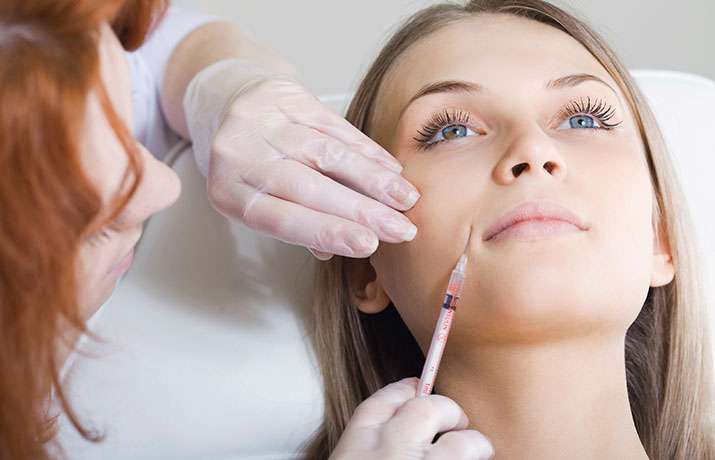Are you experiencing symptoms of obstructive sleep apnea (OSA)? Dr. Stan Farrell has extensive training in sleep medicine and is a member of the American Academy of Dental Sleep Medicine, making him one of the best qualified doctors to treat sleep apnea with an oral appliance. If you are experiencing symptoms of OSA and have not been properly diagnosed, Dr. Stan Farrell uses the latest technology in home sleep testing equipment and diagnostic imaging. At AZTMJ, Dr. Stan Farrell can complete a thorough examination to determine if you are a good candidate for an oral appliance. Please visit us at www.headpaininstitute.com or call us at 480-945-3692 to schedule your initial consultation today.
Marklund M1, Verbraecken J, Randerath W.
Abstract: The aim of the European Respiratory Society Task Force was to review the evidence in favour of MAD therapy. Effects of tongue-retaining devices are not included in this report. Custom-made MADs reduce apnoea/hypopnoea index (AHI) and daytime sleepiness compared with placebo devices. Milder cases and patients with a proven increase in upper airway size as a result of mandibular advancement are most likely to experience treatment success with MADs. A custom-made device titrated from an initial 50% of maximum mandibular advancement has been recommended. The treatment must be followed up and the device adjusted or exchanged in relation to the outcome.

